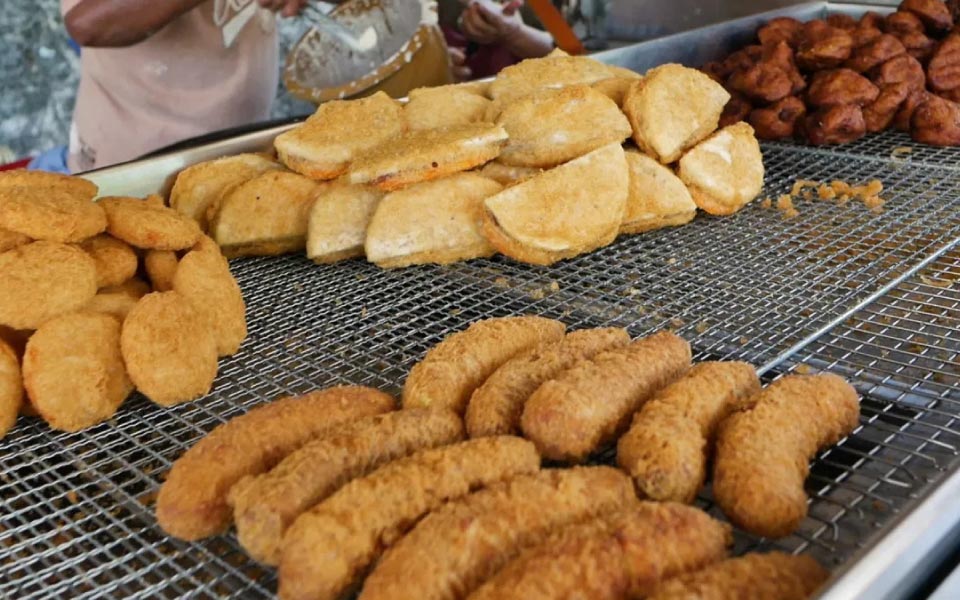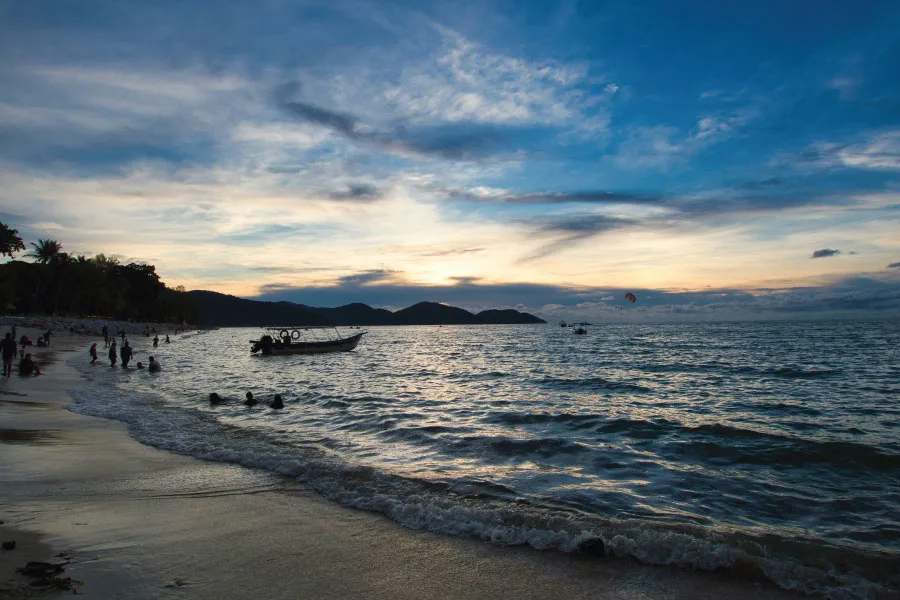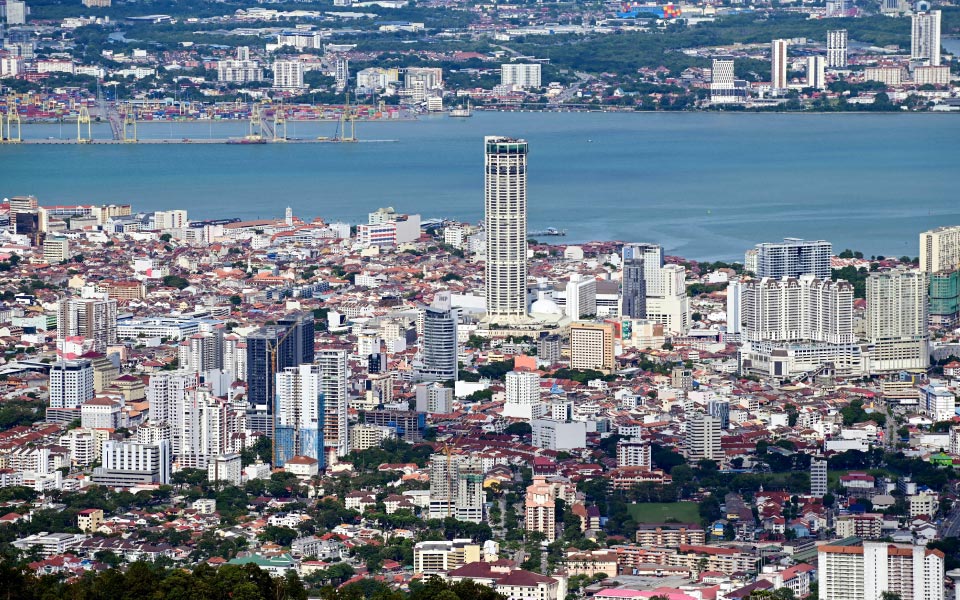The Clan Jetties of Penang are one of George Town’s most iconic heritage sites. Perched along the waterfront, these floating villages are more than just tourist attractions—they are living communities with deep cultural and historical significance. Each jetty tells the story of Chinese immigrant clans who arrived in Penang over a century ago, bringing with them traditions, livelihoods, and ways of life that continue to this day.
What Are the Clan Jetties?
The Clan Jetties are wooden stilt houses built over water along the Weld Quay waterfront in George Town, Penang. Each jetty traditionally belonged to a specific Chinese clan or surname group—such as the Chew, Lim, Tan, Yeoh, Lee, and Koay clans. The communities formed close-knit villages where families worked, lived, and supported one another.
These jetties were first established in the late 19th century when Chinese immigrants, many working as dock labourers or traders, settled near the harbor. Living directly by the sea provided them easy access to their work while creating a communal life rooted in clan solidarity.
The Origins: Immigrant Communities and Clan Bonds
During the height of Penang’s port activity, Chinese immigrants flocked to the island seeking opportunities. Clan associations—formed based on surnames, dialect groups, and ancestral ties—offered protection, housing, and employment. The floating villages of Penang became natural extensions of these associations.
Each jetty developed its own identity, customs, and even small temples or shrines. While simple in design, these homes over the water symbolized resilience, as families built lives despite limited resources and harsh working conditions.
Life on the Jetties
Daily life at the Clan Jetties was centered around community. Narrow wooden walkways connected homes, where families lived side by side and neighbours looked out for one another. Many residents were involved in harbor work, fishing, or small trading businesses.
Even today, if you walk through the Chew Jetty—the most well-preserved and popular among visitors—you’ll find residents selling handmade snacks, souvenirs, and crafts, while others continue their quiet routines as they have for generations.


The Chew Jetty: A Living Museum
The Chew Jetty is the largest and most visited jetty in Penang. It offers a glimpse into the past, with heritage houses, clan temples, and vibrant street art blending with modern touches. Tourists often stroll its long wooden planks, capturing views of the sea and old-world charm.
Despite tourism, Chew Jetty remains a living village. Families still reside here, keeping alive traditions of Chinese festivals especially the prayers to the Jade Emperor which is the biggest celebrations on the 8th night of the Chinese New Year.
Challenges and Preservation
With urban development and modern housing, preservation is an ongoing challenge. Rising sea levels, fires, and development plans all pose threats to their existence.
However, the Clan Jetties were included in the UNESCO World Heritage listing for George Town in 2008, recognizing their importance as part of Penang’s multicultural history. This acknowledgment has sparked conservation efforts, balancing heritage preservation with the needs of local residents.
Why the Clan Jetties Matter Today
The Penang Clan Jetties are more than historic settlements—they are living reminders of George Town’s immigrant past and multicultural heritage. They highlight the struggles and resilience of early Chinese settlers and remain a symbol of identity and belonging for their descendants.
For visitors, a walk through the jetties is not just sightseeing—it’s a chance to connect with Penang’s history and experience a unique way of life that has survived for over 100 years.







